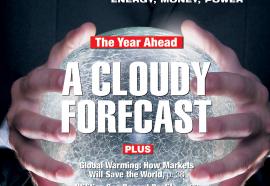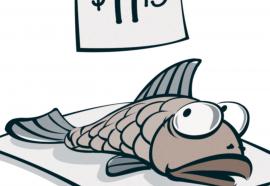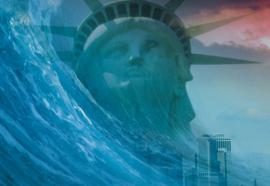Demand Response: The Green Effect
How demand response programs contribute to energy efficiency and environmental quality.
Demand response reduces overall energy usage, but the magnitude of the reduction depends on whether the technologies are developed and deployed with efficiency in mind.









